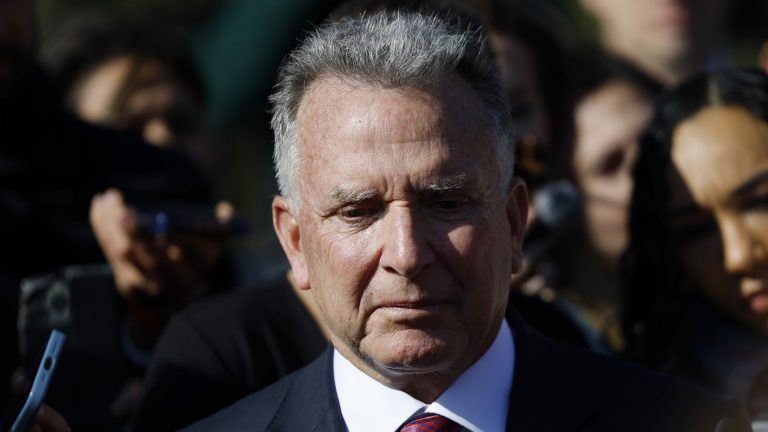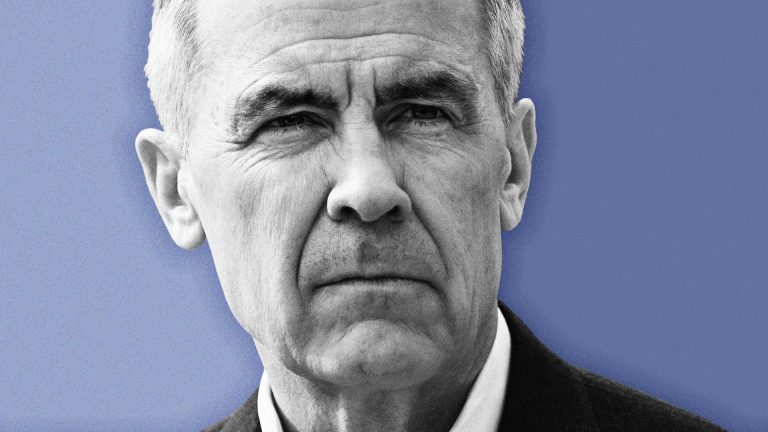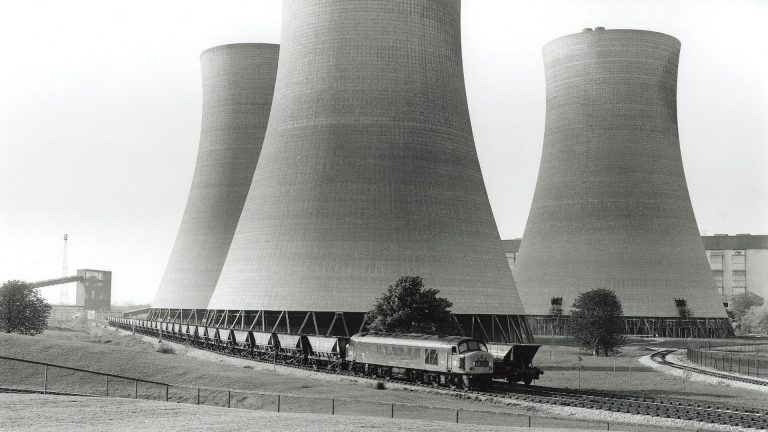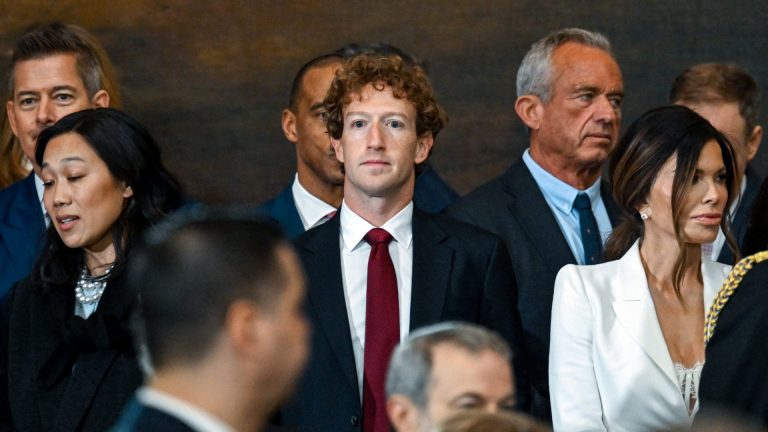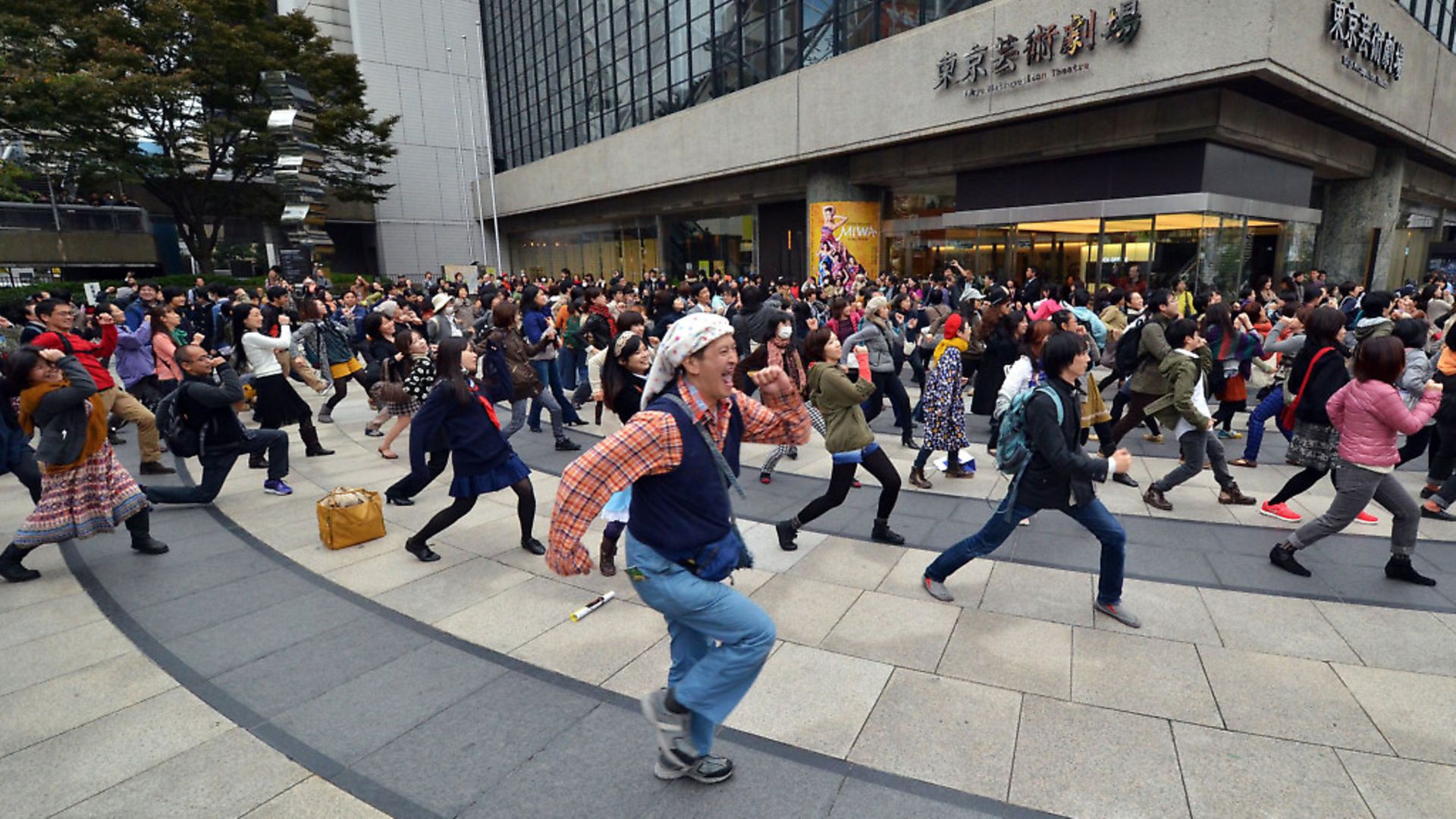
SOPHIA DEBOICK explores the musical heritage of the Japanese capital through two of its most enchanting talents.
Tokyo – a kaleidoscope of neon and skyscrapers – was a megacity even in the 18th century, when the population of the city then known as Edo topped one million, 50 years before London reached that milestone. With the Meiji Restoration of 1868, the Japanese capital shifted from Kyoto to Tokyo, and the opening up of the country to the West began. On the eve of the Pacific War, Tokyo had a major airport and international sea port, and rivalled New York in size and ambition.
After the untold devastation of the war, Tokyo was the centre of Japan’s economic miracle, and by the tech-forward 1980s it was a modern metropolis on the scale of science fiction. Despite economic travails since, Tokyo maintains its image as a hyper-modern, seething capital today. It is the only place in the world that could possibly have a gargantuan pedestrian crossing – the famously teaming Shibuya intersection – as a tourist attraction, and Tokyo’s love for extremes is reflected culturally too.
The shadows of the hedonistic ukiyo demimonde of the Edo period are seen in the iconic facets of Tokyo’s consumer culture, from the elaborate street styles of the Harajuku neighbourhood to the joyous self-indulgence of karaoke.
Today Japan is one of the largest music markets in the world, and from the country’s ancient folk music to the J-pop juggernaut of today, Tokyo has long been the heart of the country as a musical titan. But it is the city’s native musicians who have broken through to the western consciousness who have had most impact on music globally, influencing musicians, and indeed whole genres, and just two prominent artists have shown how being a Tokyoite can be associated with an unbounded probing of the limits.
Yoko Ono was born in Tokyo in 1933, equidistant between the Great Kanto earthquake of 1923 that levelled great swathes of Tokyo and killed thousands in the firestorms that followed, and the heavy bombing of 1944-45 which set the city ablaze once again. Born to a family with aristocratic roots and a banker father who was a former concert pianist, Ono benefitted from attending exclusive schools and a classical training in piano and singing.
War ended this charmed life at a stroke. The devastating bombing of Tokyo of early March 1945 that killed 100,000 forced the family out to the countryside where the 12-year-old Ono had to barter the family’s belongings for food. Back at school in Tokyo in 1946, Ono witnessed the complete degradation of the city’s people in the wake of Japan’s defeat, resulting in a deep pacifism which many mocked in the years to come but few fully understood.
Ono’s teens were spent in a society that faced rebuilding itself from scratch, and where huge social change was accompanied by a creative renaissance in music and cinema. From the emergence of Kayokyoku (western-influenced pop music), to Kurosawa’s first major works, these were years as remarkable as they were grindingly hard. When a 20-year-old Ono joined her family in upmarket Scarsdale, New York, she brought the indelible influence of the experience of post-war Tokyo to bear as she studied music, became involved in the Fluxus movement and was mentored by John Cage.
Ono’s powerful performance piece which she debuted in Tokyo, Cut Piece (1964) – where she sat immobile as audience members cut chunks from her clothing – had made her name in the art world, but her musical career attracted still more controversy. The highly experimental musical collage that was Unfinished Music No. 1: Two Virgins (1968), the first of three such DIY albums made with John Lennon, was Ono’s musical debut. Albums made under the Plastic Ono Band moniker followed, bearing Ono’s trademark ululating vocals, influenced both by traditional Japanese Kabuki theatre and primal scream therapy.
Given the overt feminism of much of Ono’s art and music, the misogynist perception of her as a corruptor of Lennon’s masculine genius was probably inevitable and made her three solo albums of the early 1970s unlikely to get a favourable reception. But her often highly inaccessible collaborations with Lennon got many sceptical reviews too and 1980’s Double Fantasy (1980), with its cloying lyrical focus on the couple’s marriage, only gained acclaim after Lennon’s murder, when its poignant single (Just Like) Starting Over went to the top of the charts all over the world. Ono’s 1981 Season of Glass was a 14-track dissection of her grief, but in the following years, her output proliferated in directions other than professional widowhood.
On the eve of her fifties, Ono somewhat improbably became a successful singles artist, with Walking on Thin Ice (1981) and Hell in Paradise (1985) both hitting the Billboard Hot 100. These were among the songs remixed by the Pet Shop Boys, Moby and others in the 2000s, resulting in five Billboard Dance or Club Play chart No. 1s.
The remix project demonstrated Ono’s refusal to stand still, and five solo albums and multiple artistic projects had appeared in the intervening period, while the collaboration with much younger artists continued, not least on 2013’s Take Me to the Land of Hell, released for her 80th birthday.
When Ono was retrospectively given a co-writing credit on Imagine in 2017, it was a vindication for someone so often called a charlatan, although a Rolling Stone review of 1971’s Fly LP probably got it right in pointing out her inability to distinguish ‘what is first-rate and what is not’, putting out vast amounts of material indiscriminately. Her fearlessness has been both her greatest strength and her greatest weakness, and despite the focus on her years with Lennon, Ono’s substance should perhaps rather be seen in her formative years in Tokyo, living in a society in complete free-fall, where everything was possible.
In 1952, the year Ono became the first woman admitted to study philosophy at Tokyo’s Gakushuin University, Ryuichi Sakamoto was born in the city. A man whose illustrious career has ranged from electronic music pioneer to concert hall-filling pianist, Sakamoto came from a similarly privileged and cultured milieu, even attending one of the same schools as Ono, but his experience of the city was very different.
Japan was by then on the way to recovering economic growth at pre-war levels and the Korean War had rehabilitated the pariah state as a strategic ally against communism. When Sakamoto was 12, Tokyo took the world stage as Olympic host, and the futuristic Shinkansen bullet train was unveiled as a symbol of the new Japan.
For the classically trained, adolescent Sakamoto, the future had already arrived in the shape of the Beatles and the Stones. But his love of Debussy, studies in composition and ethnomusicology at the Tokyo University of the Arts, and stints in free jazz and folk bands meant Sakamoto brought a dizzying mix of influences to the table when he formed the electronic trio Yellow Magic Orchestra with Yukihiro Takahashi and Haruomi Hosono in 1978, and the trio began to make their own designs on the future with what Hosono called the ‘music of the next century’.
Taking the lessons of Kraftwerk and spiking it with a playful exploration of concepts of ‘the mystic east’, Yellow Magic Orchestra made upbeat, whimsical songs using the cutting-edge musical technologies that most of their fellow synth-obsessives in Britain associated only with a certain European urban gloom. But Yellow Magic Orchestra were not just pivotal for electronic music – they also made a major contribution to the primordial soup of hip-hop and techno, as well as all but inventing chiptune (using arcade and console gaming machine sound chips to make music).
Yellow Magic Orchestra’s 1979 single Computer Game, sampling the music of a number of early video games, rather improbably went to No.17 in the UK and sold hundreds of thousands of copies in America. In December 1980 they performed their witty cover of American ‘father of exotica’ Martin Denny’s Firecracker on Soul Train, thoroughly reclaiming this bit of orientalist kitsch. Afrika Bambaataa used the track on his famed Death Mix (1983), a seminal moment for hip hop, while Sakamoto’s solo track Riot In Lagos (1980) anticipated techno.
As that decade wore on, Sakamoto began to emerge as a potential international pop star. He kicked off a long career in film music via Merry Christmas, Mr Lawrence (1983), in which he starred as a Japanese prisoner of war camp commandant opposite David Bowie, revealing the kind of androgynous beauty that had made Bowie an icon. Sakamoto’s synth-laden score for this tale of violence and shame was full of painful poignancy and the single with Japan’s David Sylvian based on the main theme, Forbidden Colours, was a UK Top 20 hit. The soundtrack for The Last Emperor (1987) won Sakamoto and his collaborator David Byrne an Oscar.
In the 1990s, Sakamoto returned to his classical piano training, culminating in 1999 with his lush single Energy Flow from the album BTTB (‘Back To The Basics’). It became the first instrumental track ever to achieve a No.1 in Japan, and Sakamoto has moved in ever more sparse and minimalist directions, along with doing more scoring work, including for last year’s Black Mirror episode Smithereens. Sakamoto has charted a course between pushing the boundaries and technical precision (his Yellow Magic Orchestra bandmates refer to him as ‘the professor’) that few other artists have even attempted.
Despite writing music for the opening ceremony of the 1992 Barcelona Olympics, Sakamoto poured cold water on the idea of contributing to the now postponed Tokyo 2020 Olympics, believing the Japanese state should not have expended energy on the bid when thousands in the Tohoku region were still displaced by the 2011 earthquake and Fukushima disaster. While Sakamoto has described today’s Japan as ‘a society where it’s hard to say things that others don’t agree with’, adding ‘You won’t get original thinking in an environment like that’, in the past Tokyo has proved itself a place where defiantly creative musical minds have been made.


